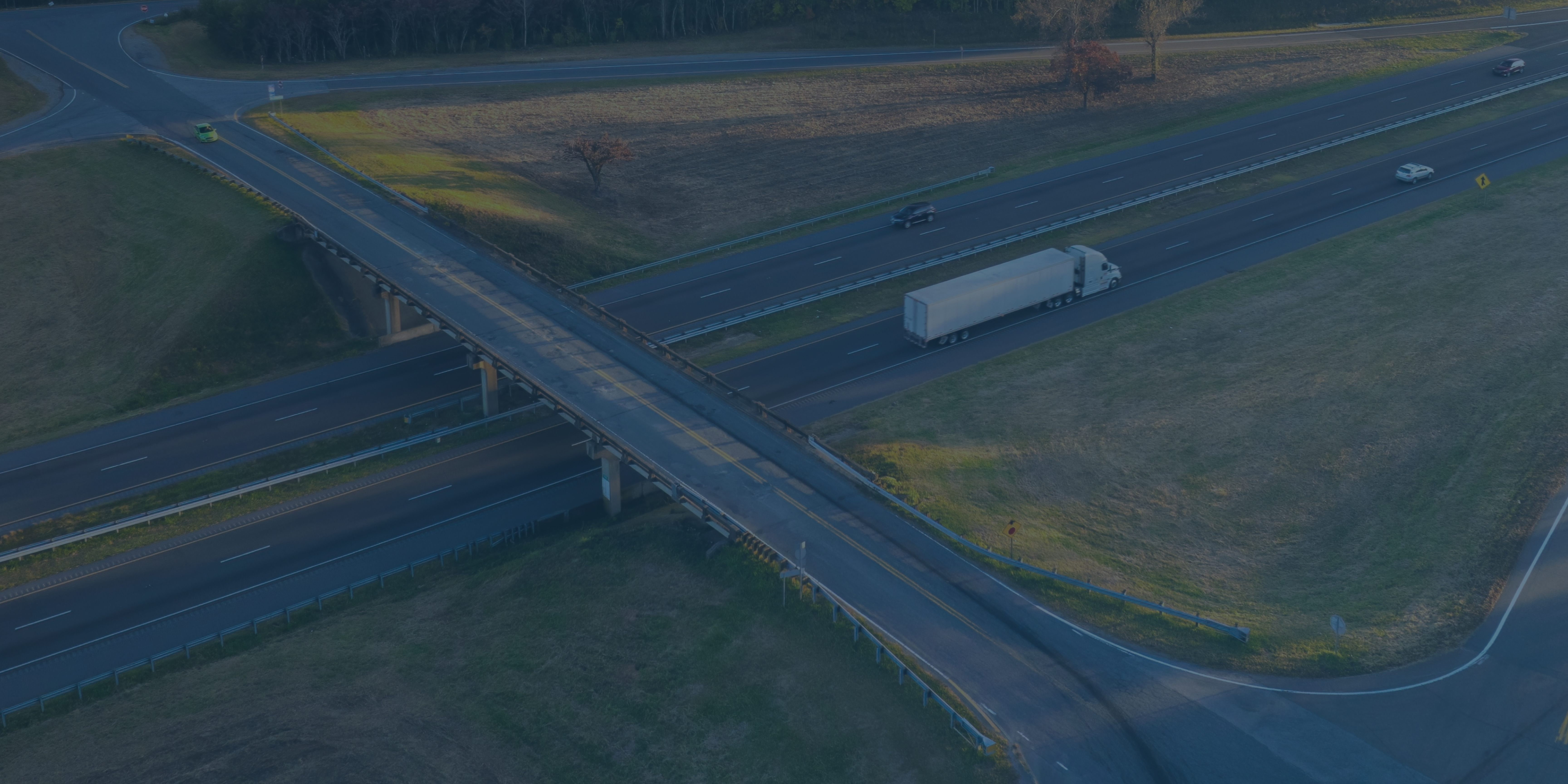
Auto insurance has emerged as a leading driver of inflation, contributing significantly to the rising cost of living. Over the past decade, commercial auto insurers have faced constant profitability challenges and managed an increasingly tumultuous litigious environment. As claims severity continues to skyrocket, insurers are under immense pressure to find innovative solutions to control costs and improve their financial performance. One promising strategy is leveraging telematics data, which offers valuable insights into driving behavior and vehicle usage.
Let’s explore how commercial auto insurers are harnessing the power of this data to mitigate risk, improve underwriting accuracy and ultimately, combat the financial strains impacting the industry.
Table of Contents
-
The Benefits of Operationalizing Telematics Data
-
General Foundations for Better Use of Telematics Data
-
Top 4 Ways Insurers Use Telematics Data
-
Maximize the Value of Your Policyholders’ Data
The Benefits of Operationalizing Telematics Data
Traditional risk management is typically a reactive model based on the policyholder’s claims frequency and severity. But with the correct use of data, this can instead become more targeted and tailored to each policyholder’s fleet.
Telematics data is taking commercial auto insurers on a journey from being reactive – as they use hindsight to predict the future – through to a predictive model based on a cognitive data-driven understanding of what’s likely to happen. The commercial auto insurer can create and offer a portfolio of supporting risk management services all based on and triggered by the policyholder’s telematics and related data.
These in turn will help the policyholder address their risk factors to lower their claims frequency and severity – leading to cost savings for the commercial auto insurer, lower premiums for the policyholder and a stronger partnership-based business relationship for the two organizations, which will aid customer retention for the commercial auto insurer.
General Foundations for Better Use of Telematics Data
Although telematics has been around since 1998, it is fairly new to commercial auto carriers. According to SambaSafety’s 2023 Telematics Report, 65% of the commercial carrier respondents indicate that their company has some level of adoption with telematics, with the highest number still in the early stages.
As insurers prepare to adopt telematics data, they should aim to achieve these three core foundations:
- Create a low-touch, data-sharing process for customers’ telematics data
- Standardize all telematics and other related data sources into one central data structure
- Enable claims data and other data sources to be easily uploaded and incorporated with the telematics data
Top 4 Ways Insurers Use Telematics Data
Telematics data is transforming the commercial auto insurance industry, offering many benefits to greatly enhance an insurer's ability to manage risks and control costs. Let’s explore the top ways that insurers have been using telematics data to improve their businesses.
1. Improving Risk Assessment and Underwriting
Telematics data provides detailed insights into driving behavior, including speed, braking patterns and adherence to traffic rules. By analyzing this data, insurers can identify what risks to pursue and the associated pricing strategies to profitably acquire that business. This leads to more precise underwriting, allowing insurers to set premiums that better reflect the actual risk, ultimately increasing the likelihood of smooth renewals.
Pro Tips for Improving the Visibility of Risk
- Get clear information about how many vehicles a policyholder has active on the road and get alerted if that volume goes up
- Access a completely standardized raw data set about the policyholder to review and begin building into the modeling
- Track exposure alongside on-road risk and other risk views
2. Managing Risk Throughout the Policy Lifecycle
To be more effective in helping policyholders reduce their risk and claims frequency, commercial auto insurers and their policyholders must share an understanding of the policyholder’s risk profile and take the appropriate preventative steps.
Currently, risk management is defined by the reactive approach to claims frequency, severity and/or by policyholder spend. With telematics data, risk management becomes more targeted. It enables risk managers to identify, flag and support policyholders that are reactively managing their risk. From that point, the commercial auto insurer can set policyholder risk goals and share best practices.
This creates an ecosystem of risk management services that are all informed and triggered by the policyholder’s data. For example, if there is a slight upswing in speeding across the fleet, the drivers responsible can automatically receive messages about speeding and an invitation to complete fleet driver training on the dangers and issues of this driving behavior.
Pro Tips for Identifying Policyholders’ Opportunity Areas
- Track the normalized risk trend of each book of business as well as individual policyholder risk trends
- Benchmark the policyholders’ risk against each other, normalized for mileage and driver volume variance
- Alert the risk management team of behaviors that show risk is beginning to deteriorate for a policyholder
Download Now | "Beyond the Roadmap: A Step-By-Step Guide to Building a Commercial Insurance Telematics Program"
3. Offering Tailored Customer Solutions
Insurers can offer more personalized services and value-added features to their policyholders using telematics data. This data can be used to build Usage Based Insurance (UBI) programs that more accurately reflect the individual driving habits and behaviors of policyholders. By collecting data on factors such as mileage, speed, braking patterns and time of day when driving, insurers can tailor premiums to match the actual risk profile of each driver or fleet.
This personalized approach encourages safer driving and rewards policyholders with lower premiums for maintaining good driving habits. Additionally, telematics-driven UBI programs can enhance customer engagement by providing transparent insights into how driving behaviors impact insurance costs. This not only builds trust but also fosters a sense of control and responsibility among policyholders, ultimately leading to improved risk management and reduced claims for insurers.
Pro Tips for Leveraging UBI in Your Business
- Accelerate speed to market on usage or mileage-based coverages that re-rate a policyholder regularly based on the risk they present and/or usage
- Offer Pay-as-you-drive (PAYD) and pay-how-you-drive (PHYD) insurance products that dynamically re-rate policyholders every month, quarter etc.
- Align premiums to the policyholder’s business growth
4. Enhancing Traditional Rating Factors
The wealth of data collected through telematics allows insurers to make more informed, data-driven decisions. This can lead to better pricing strategies and improved overall business processes. The granularity of telematics data can be used widely to improve the accuracy of underwriting models, reduce premium leakage and understand product profitability more quickly.
Pro Tips for Using Data Proactively
- Build better insights into product profitability that allow rate adjustments to be made faster and with more precision
- Get more granular about the risks that they are willing to take on, using other non-traditional rating factors
- Develop systems that identify premium leakage and take action on leading indicators more quickly
Maximize the Value of Your Policyholders’ Data
Telematics data can be used in nearly every aspect of commercial auto insurance. To maximize the potential of telematics data, carriers should work to integrate this technology into as many facets of their operations as possible. As carriers go through this process, it is important to stairstep implementation to ensure that the foundation is strong and functions appropriately.
Collaboration with technology providers can also ensure that insurers stay at the forefront of telematics innovations. By leveraging tools that aid in embedding telematics data into their strategic planning and operational workflows, commercial insurers can enhance their competitive edge, improve profitability and deliver superior value to their customers.
Want to learn more about how you can use telematics data to improve your business? Download our free guide, Beyond the Roadmap: A Step-By-Step Guide to Building a Commercial Insurance Telematics Program.



